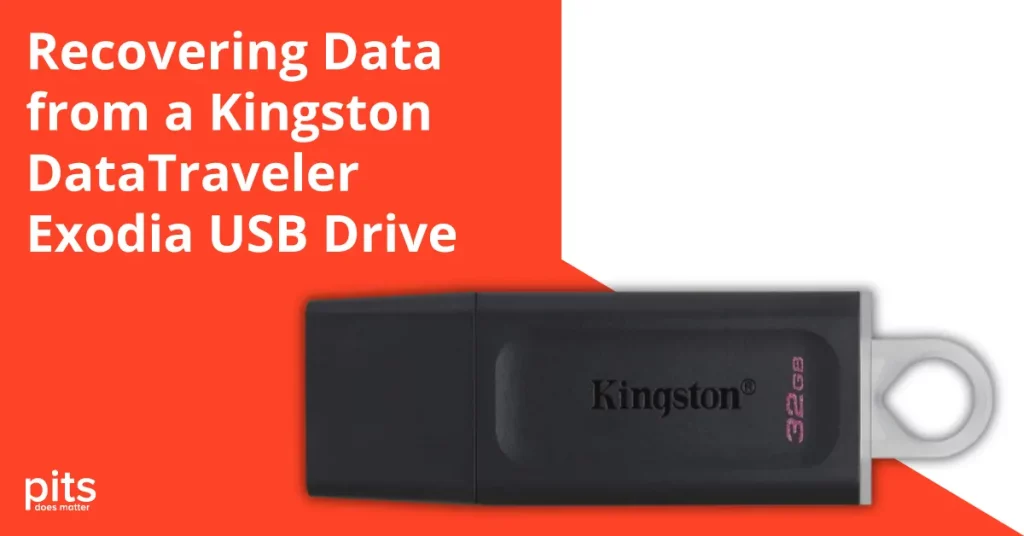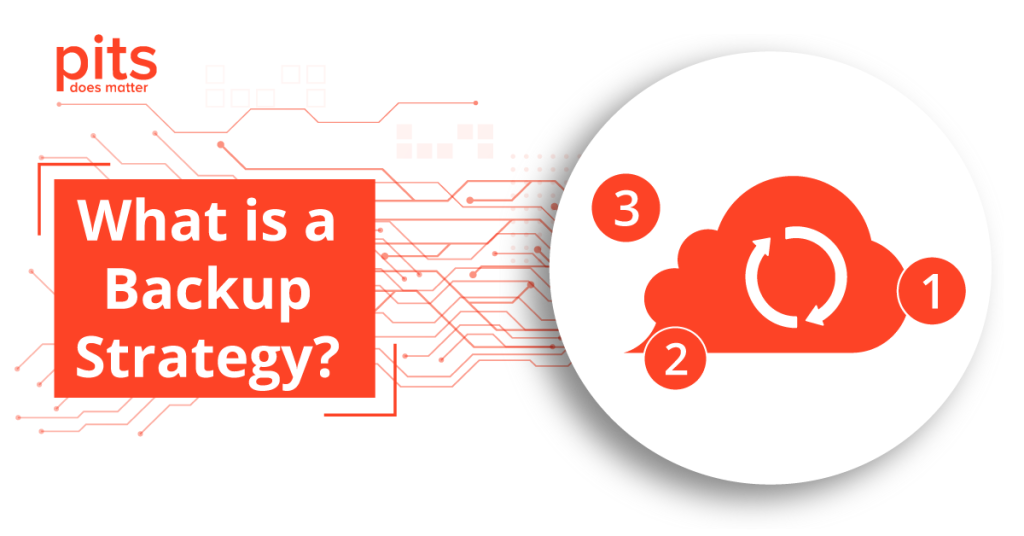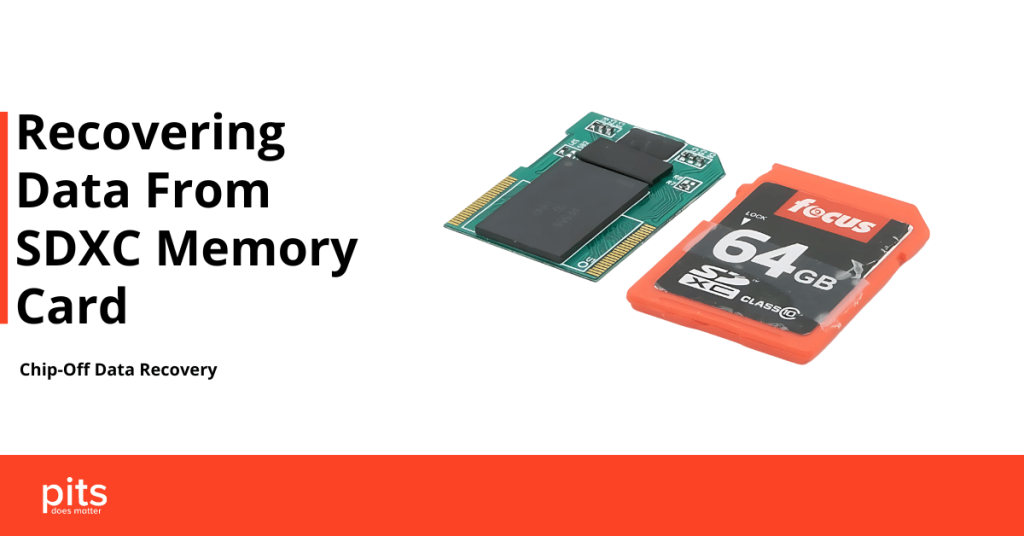In today’s data-driven world, businesses and individuals alike rely heavily on data storage solutions to safeguard their valuable information. Redundant Array of Independent Disks (RAID) technology is a popular choice for enhancing data reliability and performance. However, as data needs evolve, migrating to a different RAID level can optimize storage efficiency, performance, and redundancy. This blog post outlines the essential steps to effectively plan and execute a RAID level migration.
Understanding RAID Levels
Before diving into migration, it’s crucial to understand the different RAID levels:
- RAID 0: Offers data striping but no redundancy. It maximizes performance but risks data loss if one drive fails.
- RAID 1: Mirrors data across two drives, providing redundancy at the cost of half the available storage capacity.
- RAID 5: Combines data striping with parity, allowing for one drive failure without data loss. It balances performance and redundancy effectively.
- RAID 6: Similar to RAID 5 but can tolerate two drive failures, offering enhanced data protection.
- RAID 10 (1+0): Combines the benefits of RAID 0 and RAID 1, providing both high performance and redundancy.
Choosing the right RAID level is crucial for aligning storage performance with data protection needs.
Reasons for RAID Level Migration
- Changing Business Needs: As your data storage requirements grow, you may need to migrate to a level that supports more capacity or better performance.
- Performance Issues: If your current RAID level is causing slow read/write speeds, upgrading to a higher level may enhance performance.
- Improved Redundancy: Transitioning to a more robust RAID configuration can help mitigate risks associated with data loss.
Planning Your Migration
1. Assess Your Current Setup
Begin by evaluating your current RAID configuration. Understand the storage capacity, performance metrics, and redundancy level. Identify any performance bottlenecks or issues that necessitate migration.
2. Define Objectives
Clearly outline what you want to achieve with the migration. Are you looking for better performance, increased capacity, or enhanced data security? Having specific goals will guide your decision-making process.
3. Choose the Right RAID Level
Based on your objectives, select the appropriate RAID level for your new configuration. Consider factors such as:
- Data importance: How critical is the data you’re storing?
- Performance needs: Will your applications benefit from faster read/write speeds?
- Cost implications: Different RAID levels require varying amounts of hardware and may have different costs associated.
4. Backup Your Data
Before migrating, ensure you have a complete backup of all data. RAID configurations are not substitutes for backups; they enhance reliability but do not prevent data loss in case of catastrophic failures. Utilize external drives or cloud storage solutions to securely store your backups.
Executing the Migration
1. Prepare Your Hardware
Ensure your hardware supports the new RAID level. This may involve:
- Adding new drives if required for the chosen RAID level.
- Updating firmware or software for your RAID controller.
2. Create a Migration Plan
Document a detailed migration plan that includes:
- The timeline for the migration process.
- Steps to execute the migration, including downtime requirements.
- Communication protocols for notifying stakeholders about potential disruptions.
3. Migrate Data
There are typically two approaches to RAID migration:
- Online Migration: Some RAID controllers support online migrations, allowing data to remain accessible during the process. This is ideal for minimizing downtime.
- Offline Migration: This involves taking the system offline to complete the migration, which can lead to extended downtime. Make sure stakeholders are informed about the expected duration.
Follow your migration plan step by step, closely monitoring the process to address any issues that arise.
4. Verify Data Integrity
Once the migration is complete, verify that all data is intact and accessible. Check for any data corruption or discrepancies that may have occurred during the process. Conduct thorough testing to ensure that applications function as expected.
Post-Migration Considerations
1. Update Documentation
Document the new RAID configuration, including the new RAID level, drive information, and any changes made during the migration. Keeping accurate records helps in future troubleshooting and planning.
2. Monitor Performance
Regularly monitor the performance of your new RAID configuration. Utilize monitoring tools to track metrics such as read/write speeds, disk health, and overall performance. This will help you identify any potential issues early on.
3. Review and Adjust
After the migration, review your objectives to ensure they are being met. If performance or capacity needs change again, be prepared to reassess your RAID configuration and plan for future migrations.
Conclusion
RAID level migration can significantly enhance your data storage capabilities, providing improved performance, redundancy, and scalability. By following a structured planning process and executing the migration carefully, you can minimize risks and ensure a smooth transition to your new RAID level. Always remember that proactive monitoring and regular updates to your backup strategies are essential for safeguarding your data in any RAID configuration.


